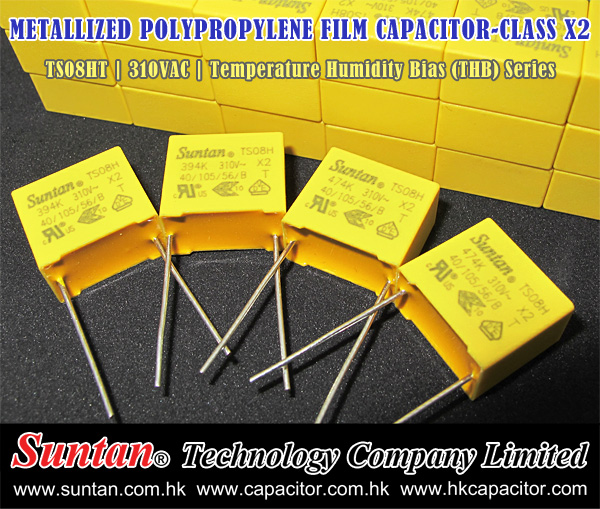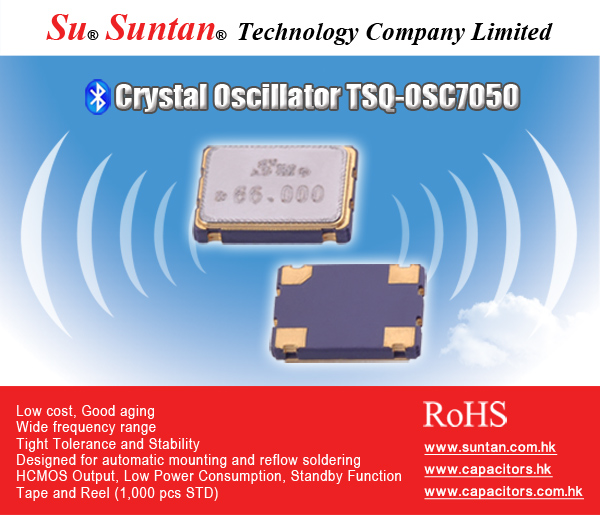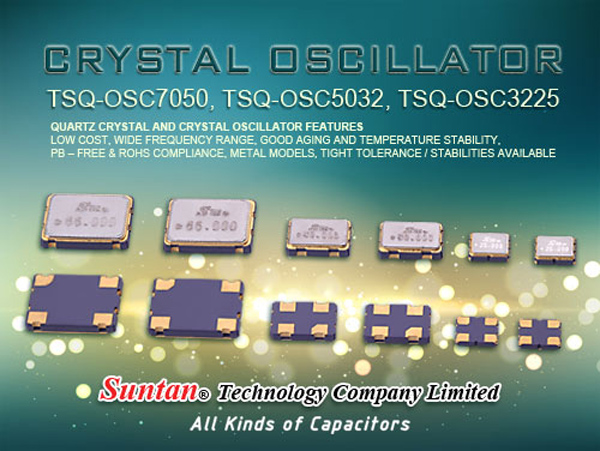Suntan Technology Company Limited
---All Kinds of Capacitors
• Frequency: The periodic repetition of an event within a unit of time. In an electrical circuit, the number of waves that pass a given point in one second. The number of times a resonator plate oscillates or vibrates in one second. The nominal or desired frequency specified by a customer.
• Frequency Stability: The allowable deviation, in parts per million (PPM), over a specified temperature range. Deviation is referenced to the measured frequency at +25℃.
• Frequency Tolerance: The allowable deviation from nominal, in parts per million (PPM), at a specific temperature, usually +25℃.
• Package Size : Physical holder of the crystal unit.
• Holder: The complete housing for a quartz resonator plate. The holder includes the base and cover.
• Supply Voltage: The specified Suply Voltage is dependent on the Resonance Mode required in the application. Generally is 3.3V or 5V.
• Temperature Range: Temperature range over which the crystal's characteristics are guaranteed.
• Aging: A change in the frequency and/or the resistance of a quartz crystal unit with the passage of time.
• Hz: The abbreviation of the word "Hertz."
• Hertz: The basic unit of measurement of frequency, "Hertz" replaces the term "cycle per second". Used to denote one complete occurrence of an event in one second.
• KHz: The abbreviation for "kiloHertz," used to describe the frequency of a crystal or oscillator in terms of thousands of Hertz (cycles per second). A frequency specified as "10.0 kHz" would be understood as being a frequency of 10,000 Hertz (cycles per second). A frequency specified as "10,000 kHz" would be understood as being a frequency of 10,000,000 Hertz (cycles per second).
• MHz: The abbreviation for "MegaHertz," used to describe the frequency of a crystal or oscillator in terms of millions of Hertz (cycles per second). A frequency specified as "10.0 MHz" would be understood as being a frequency of 10,000,000 Hertz (cycles per second).


